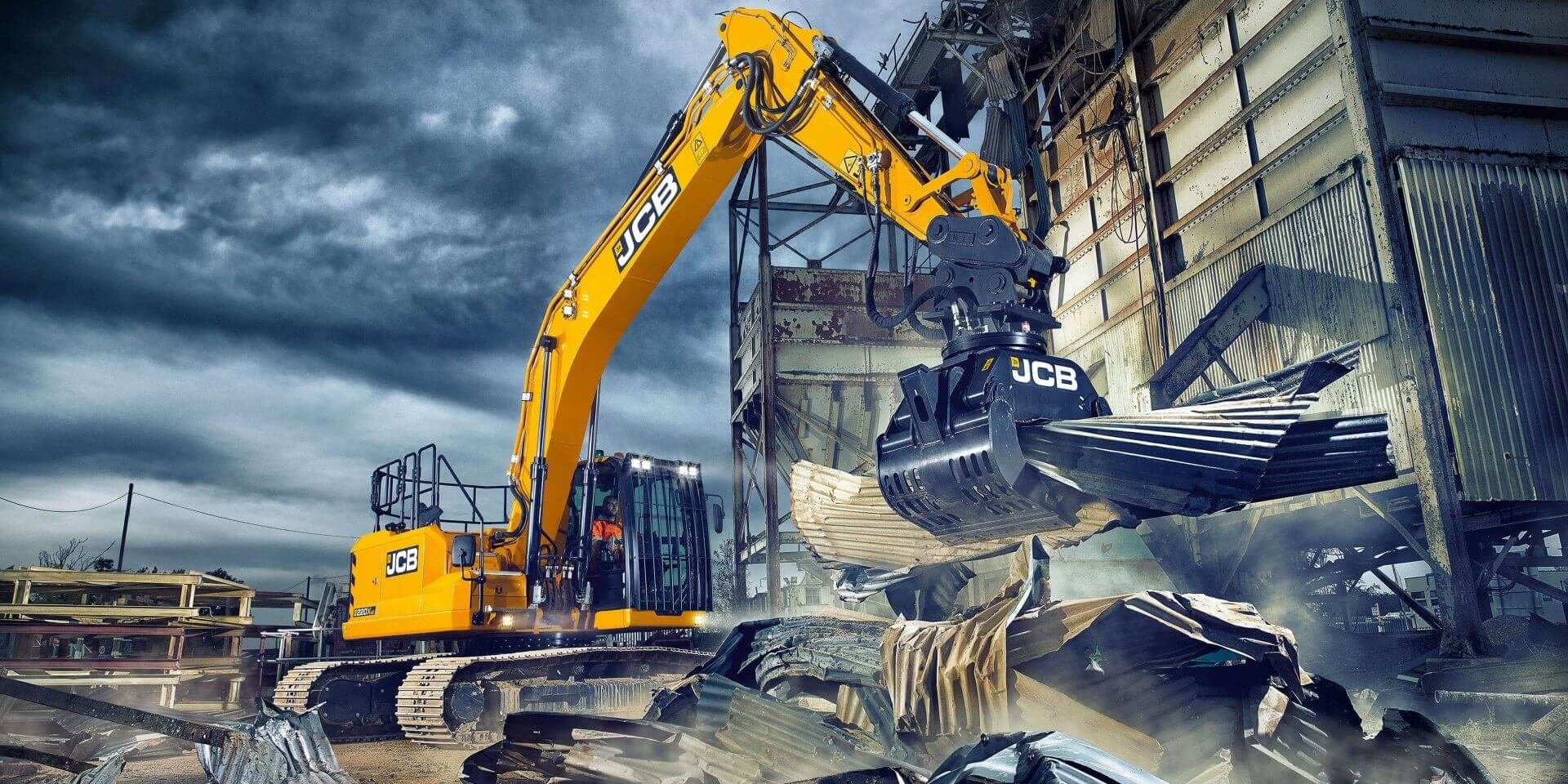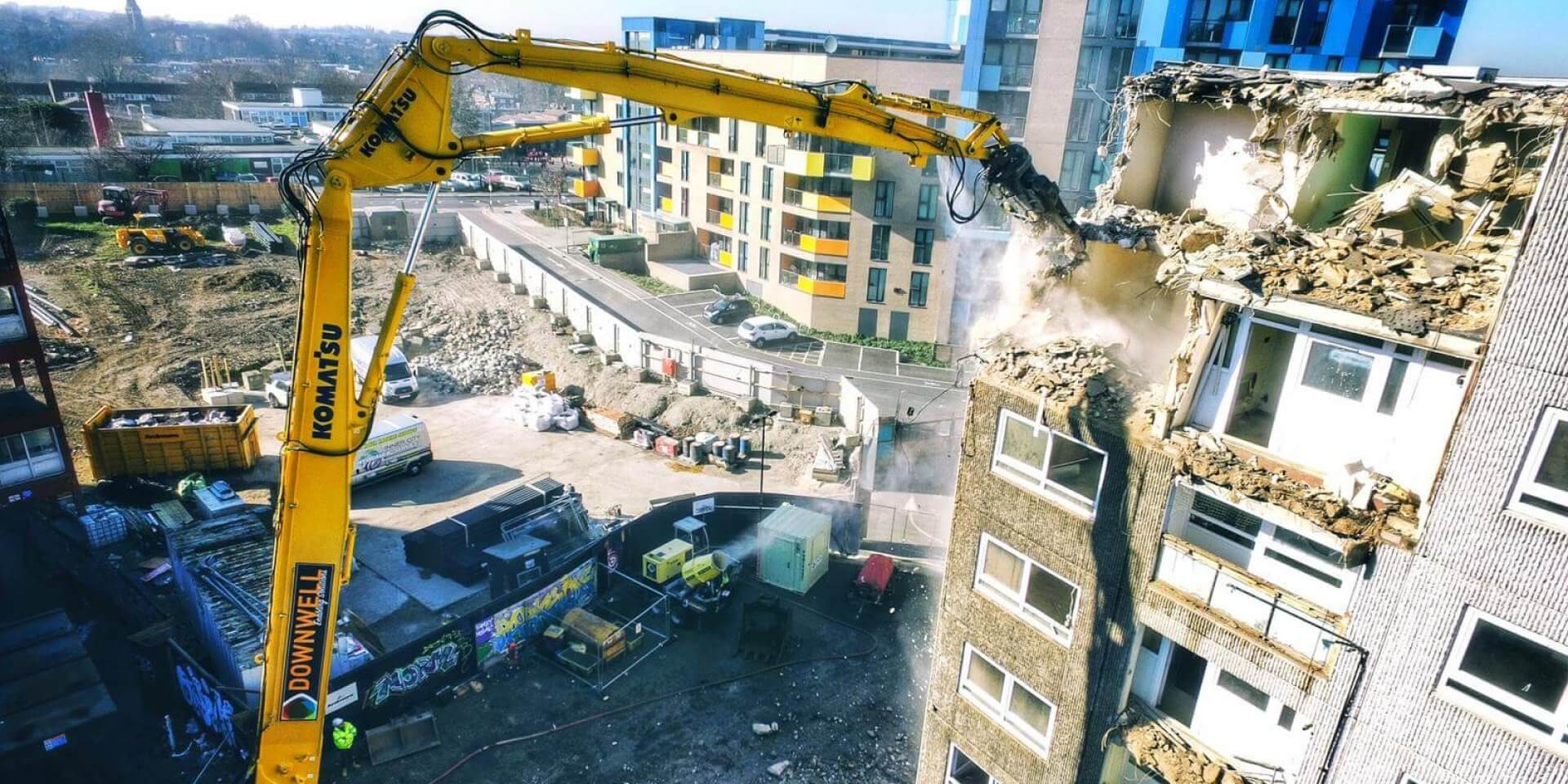BASF Plant decomimissioning underway on Teeside.
 The UK arm of international chemical giant BASF has begun the decommissioning of plant at the Seal Sands site in Teesside, Middlesbrough following its decision to cease these operations in May 2007.
The UK arm of international chemical giant BASF has begun the decommissioning of plant at the Seal Sands site in Teesside, Middlesbrough following its decision to cease these operations in May 2007.
BASF plc has appointed specialist engineering consultants and construction design management (CDM) co-ordinators RVA Group, to oversee and project manage the decommissioning and dismantling of its 128,000 tonne Adiponitrile (ADN) production facility and its high pressure gasification plant.
Work being carried out during the six month project comprises the complete removal of all hazardous material, demolition, dismantling and site clearance of the gasification plant and ADN plant, together with the removal of other facilities including utilities equipment, pipebridges, cables and process plant structures dating – in many instances – back to the 1970’s.
The Middlesbrough site was acquired by INEOS Nitriles – one of Europe’s largest manufacturers of Acrylonitrile – in August 2008, but BASF plc retained ownership of these production facilities, which had ceased production earlier that year.
BASF plc project manager Ken Norrie, who saw both the gasification and ADN plants being built, said: “This is our largest demolition assignment to date on the Seal Sands site. We were therefore looking for a company with proven excellence in environmental health and safety, to project manage this demanding job.
“RVA exhibited impressive knowledge and experience and were able to fully manage the difficult contractor selection process, which led to the appointment of Cheshire-based J Bryan Victoria Ltd.
“Work began on site in January and I have to say both companies are doing an excellent job.”
Richard Vann, managing director of RVA Group said: “This is a complex and potentially hazardous undertaking with a tight schedule that demands strong and continual communication between our own team, J Bryan Victoria, BASF and INEOS. It’s the kind of work we thrive on and one which has built us a reputation for excellence throughout the industry.”










